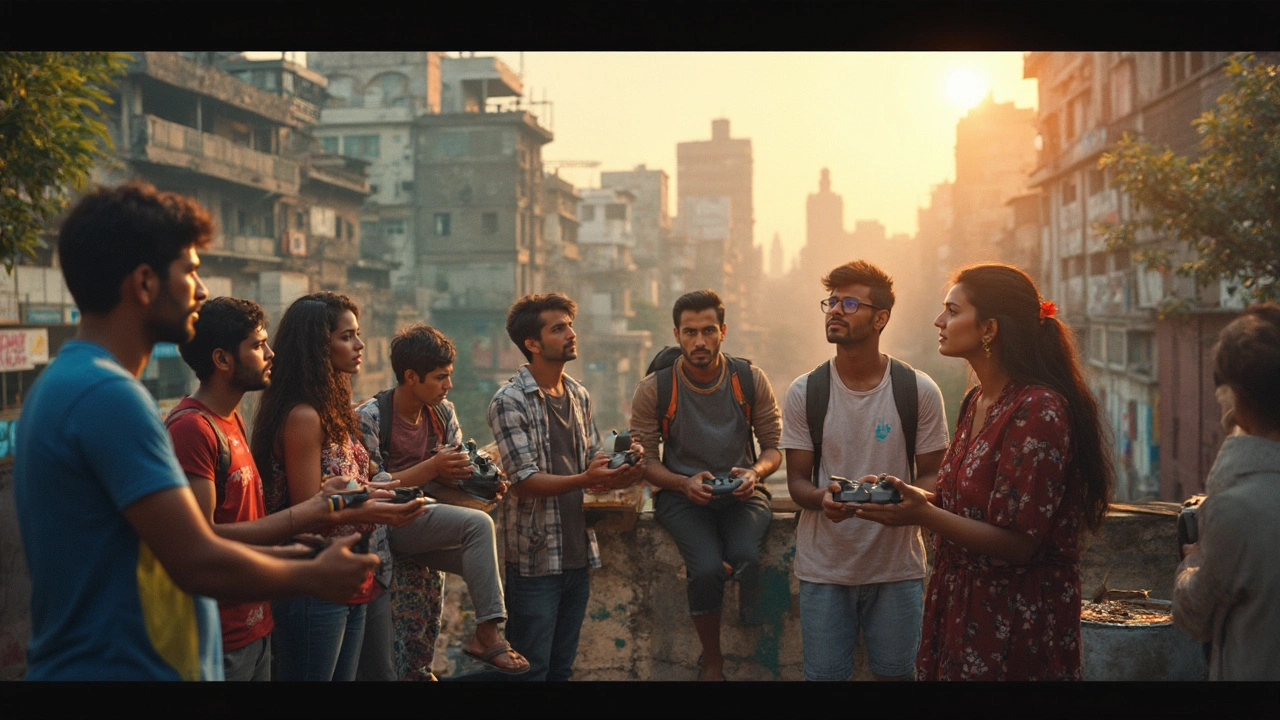DJI Blacklisted: What It Means and How to Fly Safely in India
If you own a DJI drone and hear the word “blacklisted,” you probably wonder if you can still use it. The short answer is: you can, but only if you follow the right steps. In India, the DGCA (Directorate General of Civil Aviation) keeps a list of drones that need extra paperwork or are outright banned. Knowing where your drone stands saves you from fines, confiscation, or a wasted trip.
Why DJI Drones Face Restrictions
DJI is the most popular brand worldwide, so regulators pay close attention to its models. Some DJI drones have features that make them powerful enough to be used for spying or illegal filming, which raises security concerns. When the DGCA reviews a new model, they check the camera quality, range, and flight ceiling. If a model exceeds the limits set for hobbyists, it may be put on a temporary blacklist until the manufacturer adjusts the firmware or the user obtains a special licence.
Another reason is the import process. Customs officials flag drones that lack the required import permit. Even if a DJI drone is allowed for personal use, bringing it in without proper paperwork can land the device on a black‑list for that shipment. That’s why many travellers pack their DJI drones in checked baggage with a copy of the DGCA approval letter.
How to Fly Legally with a DJI in India
First, check the latest DGCA drone rules on their website or in the “Drone Licence Rules in India” guide. If your model appears in the list of restricted drones, you’ll need a Unmanned Aircraft Operator Permit (UAOP) and a Remote Pilot Licence (RPL). The application process takes about two weeks and requires proof of insurance, a flight manual, and a safety plan.
If your DJI is not on the restricted list, you still need to register it on the Digital Sky portal. The registration fee is modest, and you’ll receive an ID number you must display on the drone. Stick the number to the body or upload it in the DJI app when you launch.
When you travel to India with a DJI, keep these documents handy: passport, customs declaration, DGCA permit (if required), and the registration ID. If customs asks, show them the purchase invoice and the permit copy. This speeds up clearance and prevents the drone from being seized.
Once you’re cleared, follow the standard flight rules: stay below 400 feet, keep the drone within line of sight, avoid crowds, and stay at least 5 km away from airports or military zones. Use the “geo‑fencing” feature in the DJI app; it will automatically block you from flying in restricted airspace.
If you’re unsure whether your DJI model is blacklisted, look for the article “Can I Take My DJI Drone to India? Rules, Tips & Laws for Travelers.” It breaks down the paperwork you need and lists the most common problems travellers face. A quick read can save you a day of guesswork.
Lastly, consider alternatives if you can’t get a permit in time. Smaller drones from other brands often have lower power and may not need a licence. Or you can rent a local Indian‑registered drone for a day, which sidesteps the import hassle entirely.
In short, a DJI blacklisted label doesn’t mean you’re stuck on the ground. It just signals extra steps. Register, get the right permits, and respect the flight rules, and you’ll enjoy smooth, legal flying across India’s vibrant skies.
